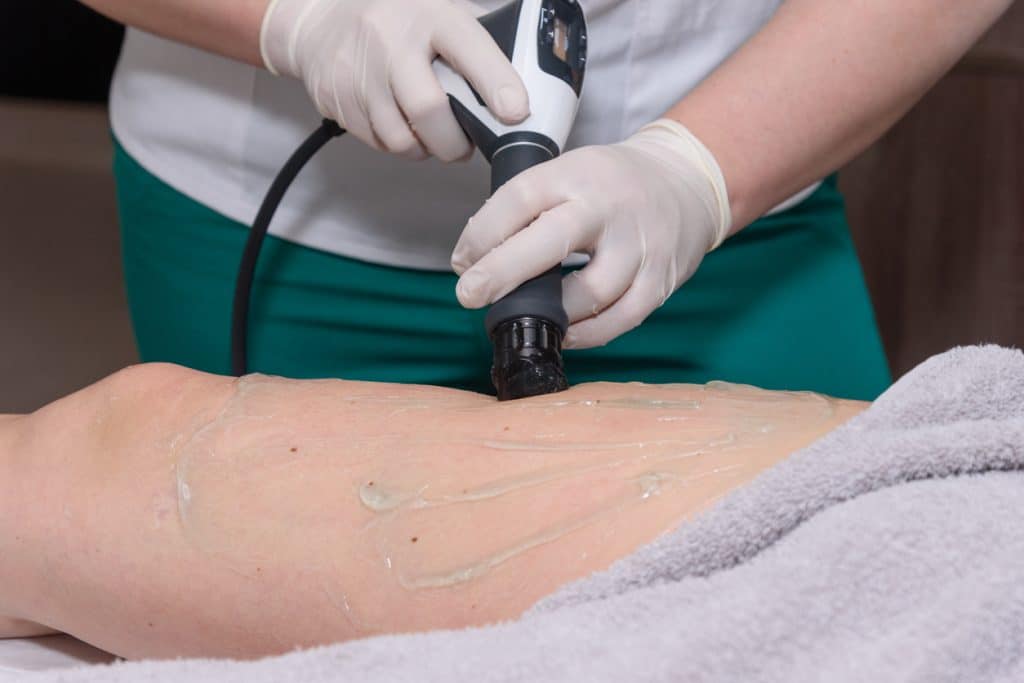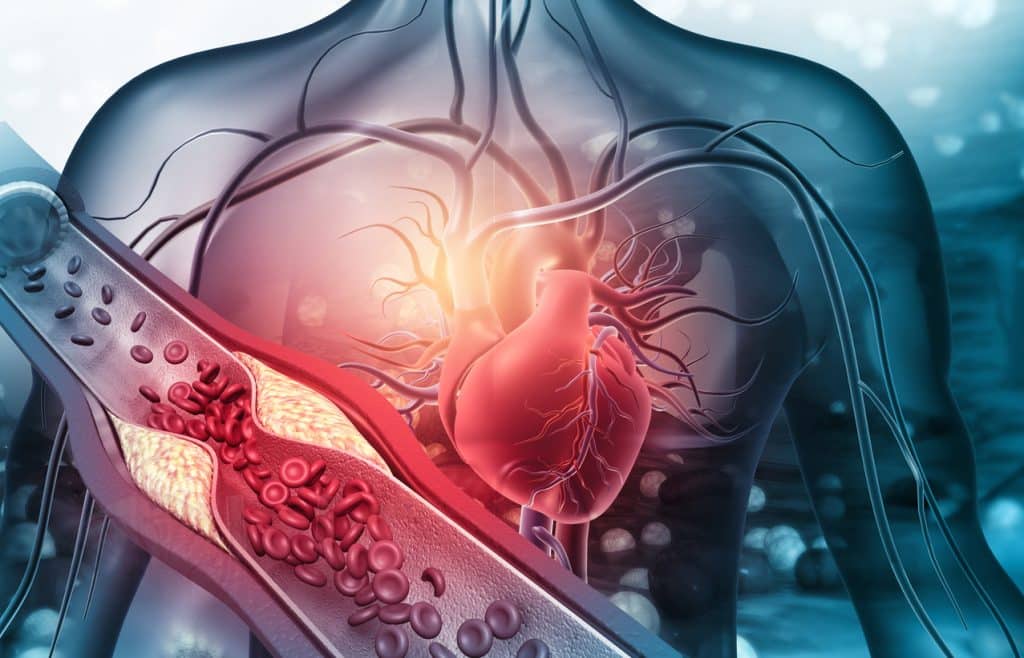Vein Mapping and Treatment for Vein Blockages and Clots are available at Coastal Vascular. Dialysis is an important treatment for those with renal failure. The treatment runs blood through a machine to filter out waste and then returns it to the body. It is an intensive process that requires a tube inserted through a catheter in the vein or through an access graft.
The health of the veins is essential to the success of dialysis treatment. Blockages and other issues can make it harder for the catheter to get access. Dialysis access management could solve these problems or to work around them.
Here are some of the things that dialysis access management can do. This can help you understand if it’s right for you:
Vein Mapping
To start, your doctor needs to know where the best places will be to gain access. Vein mapping determines the length and diameter of your veins. It also determines your health and suitability for catheter access. The procedure is performed with contrast dye to provide an image of the veins.
Vein mapping is performed on those with vein issues, such as venous disease, a history of blockages, or some other health condition. Seniors may also need the procedure since their veins may have weakened or developed other problems.
Ultrasound is a procedure that uses sound waves to “see” inside your body. This procedure is performed to create a “map” of your leg veins for the surgeon in preparation for various procedures, including bypass graft surgery (replacing diseased vessels in your body with healthy veins from your leg).
Treatment for Blockages and Clots
When there are blockages or clots in your veins, the catheter cannot get through easily. A thrombectomy or thrombolysis can remove the clot. In some cases, medication may dissolve the clot, and then a stent may keep the access point open.
Angioplasty can open up a blocked vein. A balloon is inserted to open the vein, and in some cases, a metal stent to keep the vein open. Stenting can also improve blood flow. A fistula salvage involves performing a series of angioplasties and stents to widen an immature vessel.
Catheter Placement, Removal, and Repositioning
Access management treatment starts with identifying the right placement for the catheter. However, if you have already had a catheter installed and are having problems with it, or are not getting the results you need from treatment, you can have the catheter removed and repositioned. Catheters can be placed in a vein in the chest, in the peritoneum, or in a fistula.
The Coastal Vascular Center provides dialysis access management treatment, which helps you get the best results from your dialysis. We can identify any vein issues that may be inhibiting dialysis treatment and treat some of those issues, such as blockages. We also provide catheter placement, removal, and repositioning. Contact us to learn more about our dialysis access management treatment options and whether they are right for you. We can work in conjunction with your healthcare team to get the right results.
You can call us at 281-949-6020 to discuss your symptoms with one of our specialists and learn more about your treatment options.




